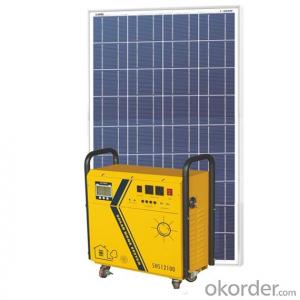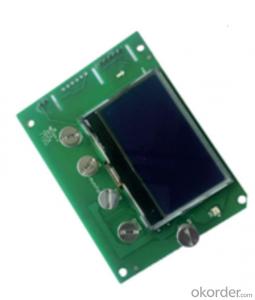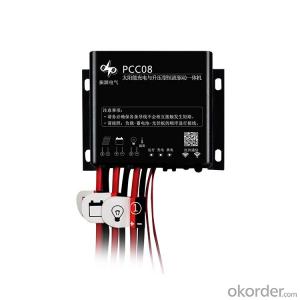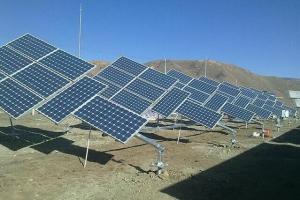Rv Solar Inverter Kits
Rv Solar Inverter Kits Related Searches
Ac Inverter For Solar Panels Solar Panel With Ac Inverter Gas Furnace With Ac Panda Hot Water Bottle Cover Minion Hot Water Bottle Cover Abb Solar Water Pump Inverter Solar Water Pump Philippines Extra Long Hot Water Bottle Solar Panel Dc To Ac Inverter Old Fashioned Hot Water BottleHot Searches
Type Of Inverter For Solar Types Of Inverter For Solar Used Solar Inverter For Sale Inverter Size For Solar System Solar Edge Inverter For Sale 5kw Solar Inverter For Sale Solar Inverter For Sale Solar Inverter For Battery Solar Inverter For Split Ac Solar Inverter For Laptop Solar Inverter For Fridge Solar With Inverter Price Solar Inverter With 2 Battery Solar Inverter Price In China Best Solar Inverter In China Solar Inverter Price In Dubai Solar Inverter Price In Uae Solar Inverter Price In Kenya Solar Inverter Price In Kerala Solar Hot Water Collectors For SaleRv Solar Inverter Kits Supplier & Manufacturer from China
Okorder.com is a professional Rv Solar Inverter Kits supplier & manufacturer, offers integrated one-stop services including real-time quoting and online cargo tracking. We are funded by CNBM Group, a Fortune 500 enterprise and the largest Rv Solar Inverter Kits firm in China.Hot Products
FAQ
- A solar controller handles battery state of charge monitoring by continuously measuring the voltage and current flowing into and out of the battery. It uses this data to determine the battery's state of charge and adjusts the charging or discharging process accordingly. Additionally, some advanced solar controllers may employ algorithms or sensors to consider factors like temperature and load demand to provide more accurate monitoring and control of the battery state of charge.
- The maximum temperature range that a solar controller can handle varies depending on the specific model and manufacturer. However, as a general guideline, most solar controllers are designed to operate within a temperature range of -40°C to +85°C (-40°F to +185°F). These temperature limits are set to ensure optimal performance and protection of the controller's internal components. It is important to note that exceeding the specified temperature range may result in reduced efficiency or even damage to the controller. Therefore, it is crucial to carefully consider the environmental conditions and select a solar controller that can withstand the expected temperature range of the installation location.
- Yes, a solar controller can be used with solar panel awning mounts. The solar controller regulates the charging of the batteries connected to the solar panels, ensuring optimal performance and preventing overcharging. Regardless of the mounting method, the solar controller can be easily integrated into the system to maximize energy efficiency and protect the batteries.
- The price range for a solar controller can vary depending on the brand, features, and specifications, but generally, they can range from $20 to $200.
- When purchasing a solar controller, some key features to consider are the maximum input voltage and current capacity, as it should be compatible with the solar panel's specifications. The type of solar controller, whether it is a PWM (Pulse Width Modulation) or MPPT (Maximum Power Point Tracking), should be considered based on the specific solar system requirements. Additionally, the controller's load output capacity, battery voltage compatibility, and temperature compensation capabilities are important factors to ensure optimal charging and protection for the batteries. The controller should also have necessary safety features like overcharge, over-discharge, and short circuit protection. Finally, it is important to consider the controller's ease of use, reliability, and warranty to make an informed decision.
- Yes, a solar controller can be used in a hybrid solar panel system. A solar controller, also known as a charge controller, is responsible for regulating the voltage and current from the solar panels to the batteries or grid. In a hybrid solar panel system, which combines both solar and other energy sources like wind or grid electricity, a solar controller is still necessary to manage the charge from the solar panels. It helps ensure that the batteries are properly charged and protected from overcharging or excessive discharging. Additionally, a solar controller can also monitor and optimize the energy flow between the different energy sources in a hybrid system, maximizing the efficiency and utilization of the solar power generated.
- A solar controller handles battery capacity testing by periodically monitoring the voltage and current levels of the battery during charging and discharging cycles. It uses advanced algorithms to analyze this data and calculate the battery's state of charge (SOC) and state of health (SOH). The controller also ensures that the battery is not overcharged or discharged beyond safe limits, protecting it from potential damage.
- Yes, a solar controller can be used with wind turbines. While a solar controller is primarily designed to regulate and control the charging of solar panels, it can also be adapted to work with wind turbines. By connecting the wind turbine's output to the solar controller, it can effectively regulate and manage the charging process of a battery bank, ensuring efficient energy storage from both solar and wind sources.















































